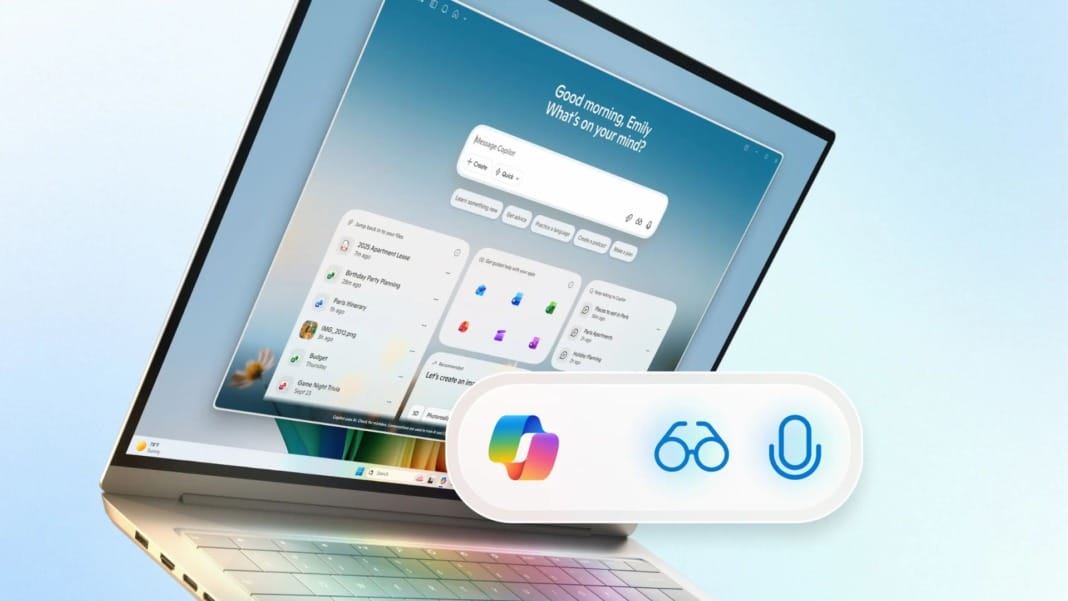Marvel Rivals has been on the market for nearly a year, giving developer NetEase ample time to refine the game’s identity and move away from comparisons with Overwatch 2. Over five seasons, the studio made significant progress in defining its hero shooter. However, the introduction of the new Strategist character, Gambit, in season five has reignited concerns that Marvel Rivals is still borrowing too heavily from Blizzard’s long-running title. What once seemed like a harmless resemblance at launch now appears increasingly mismatched with how Marvel Rivals actually plays.
Early comparisons and evolving identity
When Marvel Rivals launched, many players felt justified in calling it an Overwatch clone. The game debuted with modes that closely mirrored Blizzard’s formula and featured a character roster that blended Marvel’s signature style with abilities reminiscent of familiar Overwatch heroes. Star-Lord moved and fought like a flying version of Tracer, Scarlet Witch brought a Moira-like playstyle, and Dr Strange shared striking similarities with Sigma through their focus on shields and gravity manipulation. Other characters also appeared to draw inspiration from Blizzard’s roster, including Hawkeye echoing Hanzo, Black Widow resembling Widowmaker, Rocket Raccoon functioning much like Baptiste, and Cloak and Dagger behaving as another variation of Moira.
The initial resemblance felt unoriginal but not entirely surprising, given the difficulty of launching a competitive multiplayer title. Over time, Marvel Rivals began to develop its own identity as NetEase introduced more distinctive characters. Emma Frost marked a turning point, arriving with a bold, mobile playstyle unlike anything found in Overwatch. Her abilities revitalised the Vanguard class and quickly earned her one of the game’s highest pick rates.
Phoenix continued this momentum with a fast, fiery kit that contrasted sharply with the slower pace of many duelists. Blade followed with a burst-centred approach that rewarded thoughtful cooldown management. Angela, while reminiscent of Reinhardt in her forward-charging abilities, innovated through a dual-form design that expanded the Vanguard role. These additions showed Marvel Rivals forging a more independent direction, suggesting NetEase had gained confidence in creating original mechanics and characters.
Gambit’s debut reignites concerns
The launch of Gambit in season five has challenged that assumption. While Gambit introduces meaningful improvements to the game’s healing system and stands out as a strong Strategist choice, many of his abilities closely mirror Wuyang, Overwatch 2’s most recent support hero. Gambit’s Bō replicates Wuyang’s knockback staff. His buff that increases healing intake functions like Wuyang’s amplification ability. Even his ultimate bears a strong resemblance, enveloping an ally in energy before releasing an explosive stun effect. The ability also grants movement enhancements similar to the mobility boosts in Wuyang’s kit.
A touch of Ana’s influence can also be seen in Gambit’s design, particularly in his ability to modify healing received by allies or enemies. While this mechanic exists in Marvel Rivals’ gameplay, its short duration limits its overall usefulness, especially when compared with the demands of the game’s fast-paced combat. As a result, many of these borrowed mechanics feel out of place within Rivals’ current balance and map design.
In Marvel Rivals, height advantages rarely matter, making boosted jump abilities far less practical than they are in Overwatch. Likewise, knockback effects tend to lack the impact players expect, a long-standing issue since the game’s launch. These mismatches raise questions about why NetEase incorporated such features so prominently in Gambit’s kit.
A strong character weighed down by questionable design choices
Despite these issues, Gambit offers meaningful strengths that align well with Marvel Rivals’ gameplay needs. His Bridge Boost skill allows him to heal multiple allies at once, addressing a critical challenge in a game where damage output is so high that a single missed moment of healing can result in an instant defeat. His Cajun Charge and Bayou Blast provide essential mobility for engaging enemies or escaping danger, compensating for the limited movement options found in most Strategists. Even his primary attack, which fires multiple cards that spread out over distance, makes it easier to target moving or airborne enemies, helping him remain viable in chaotic fights.
For many players, these strengths make Gambit an appealing choice, and he is expected to become a popular Strategist pick. However, the question remains why so much of his design needed to echo Wuyang when those similarities contribute little to the game’s overall experience. As Marvel Rivals continues to evolve, players hope that NetEase will refocus on the game’s unique strengths rather than revisiting mechanics that feel lifted from its biggest competitor.





